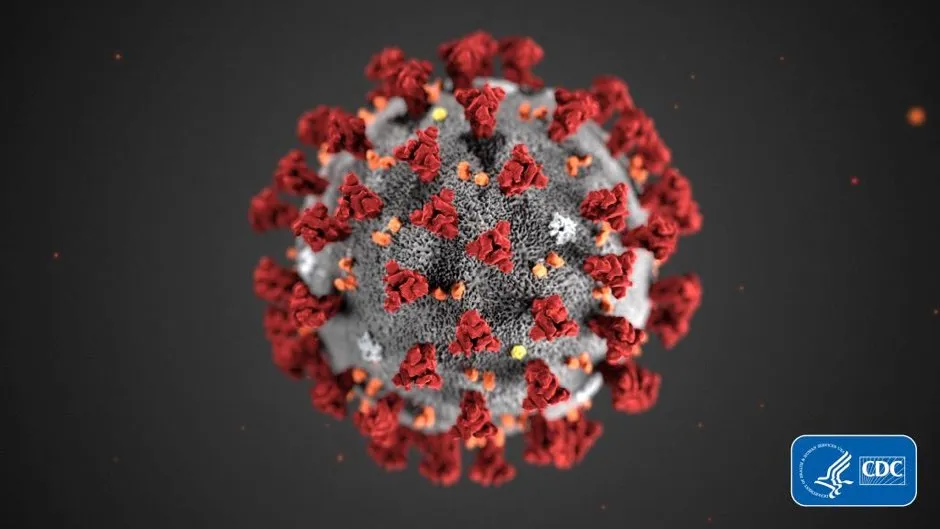- Study suggests the average number of people who will catch a disease from a single infected person down from 2.6 to 0.62 thanks to social distancing.
- Researchers from the London School of Hygiene and Tropical Medicine used 2005/6 data to estimate the number of contacts people would have had prior to the lockdown.
- They warn that this does not mean 'job done' but instead motivation to continue following government advice.
The UK lockdown could be driving down the number of people one person who has coronavirus infects, research suggests.
The London School of Hygiene and Tropical Medicine estimates that before the lockdown one positive person would infect 2.6 other people.
But it says measures introduced by the UK Government mean that number could now be just 0.62.
A study by the school describes this number as the reproduction number – the average number of people who will catch a disease from a single infected person.
Experts say that maintaining this figure below one means the epidemic will decline.
Read the latest coronavirus news:
- Behavioural scientists 'very concerned' about mass coronavirus testing
- Coronavirus: social distancing 'could save 38.7 million lives' globally
- Will COVID-19 become a seasonal virus?
In an online survey (CoMiX) the research team asked 1,300 individuals to list their contacts for the previous day.
This was compared with a similar study from 2005-2006 (Polymod) which researchers used as a measure of the number of contacts people would have had prior to the lockdown.
Using the change in contact patterns, the team calculated a change in reproduction number between the pre-lockdown – Polymod – and post-lockdown – CoMix.
Researchers found that the mean number of contacts per person measured was 73 per cent lower now than before the lockdown.
This suggests that the reproduction figure now would be between 0.37 and 0.89 with the most likely value being 0.62.

Professor John Edmunds, from the London School of Hygiene and Tropical Medicine, who led the research, said: “If we see similar changes across the UK population, we would expect to see the epidemic to start to decline.
“However, our estimates are not to be read as ‘job done’.
“Rather, they should be used as motivation for us all to keep following UK Government instructions. It’s imperative we don’t take our foot off the pedal.
“We must continue to stop transmission of the virus to reduce the burden on the NHS now and over the coming months.”
How to cope with social distancing:
- Lockdown: why is social isolation so hard?
- 10 science-backed tips to help you work from home successfully
- 15 super fun DIY science experiments for kids to try at home
- What nature can teach us about friendship in the time of coronavirus
The researchers acknowledge limitations of their work, which has not been peer-reviewed and therefore hasn’t been vetted by a group of scientists to assess if the science holds up, andassumes that contact patterns from 2005-06 are similar to those in 2020.
However, a more recent study carried out by the BBC shows similar contacts patterns in all but ages 13-17.
Researchers also could not directly measure the contacts between children and adults, and, because individuals also reported their contacts on the previous day, they may not have remembered them all.
Can I get the coronavirus twice?
There have been a few stories in the press of people apparently being re-infected by the coronavirus SARS-CoV-2. These people reportedly became infected and hospitalised, and then were sent home once they’d tested negative for the virus. Then, days or weeks later, they tested positive again.
But this doesn’t necessarily mean that they caught the coronavirus twice.
First, during recovery from infection, a person may have very low amounts of the virus remaining in their body – low enough that our tests can’t accurately detect it. In this case, the person may be sent home on the assumption that they’re virus-free. However, their body may still be fighting the virus, and a resurgence of the virus (and symptoms) can occur, resulting in a positive test. In this case, it would just be one protracted infection, not a re-infection.
Second, we know that in most people, SARS-CoV-2 generates a strong response from the immune system. With the related coronavirus SARS-CoV, this response creates an immune memory of the virus that prevents re-infection for one to two years, and it’s likely that this is also the case for the new virus. SARS-CoV-2 also has a fairly low mutation rate, which means that it (hopefully) won’t change enough that our immune system no longer remembers it (this is what the flu virus does and why we need a new jab every year).
If this all turns out to be true, then it would suggest that re-infections are unlikely and that the cases in the news reflect testing sensitivity. However, SARS-CoV-2 is so new that we won’t know for sure until we’ve found out just how protective our immune response to the virus is, and how long it lasts.
Read more:

